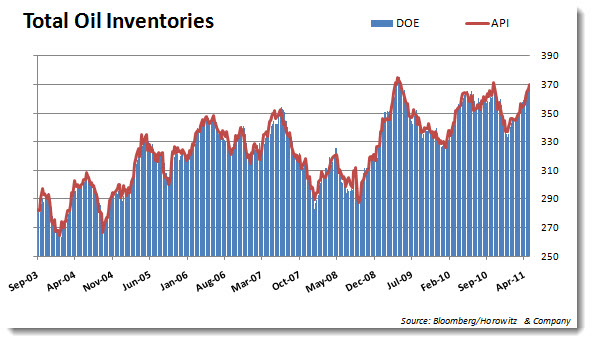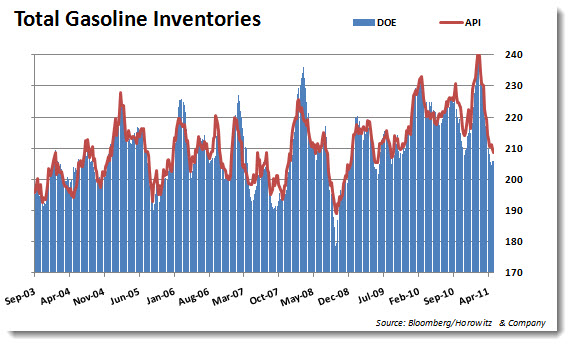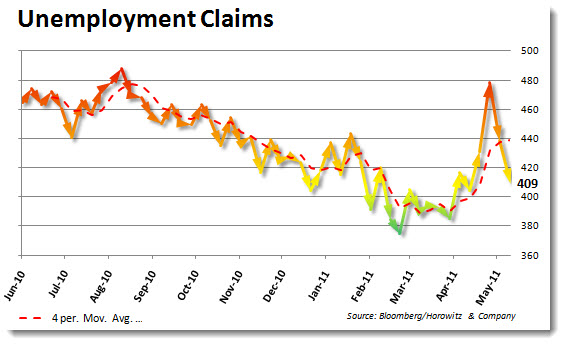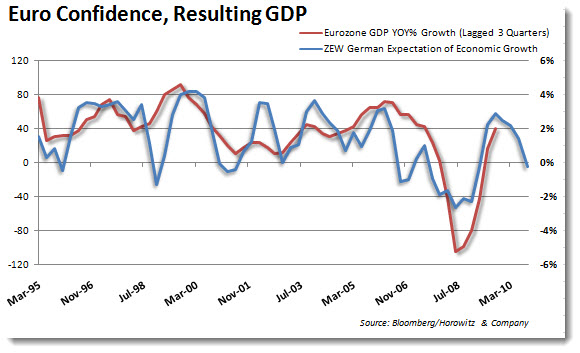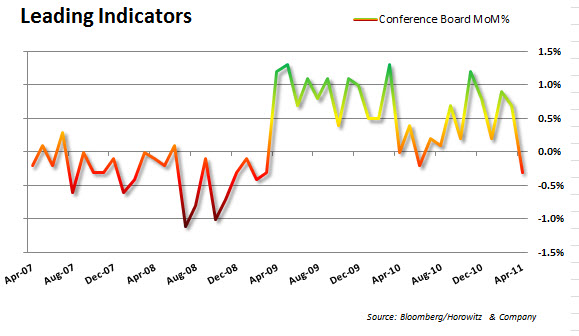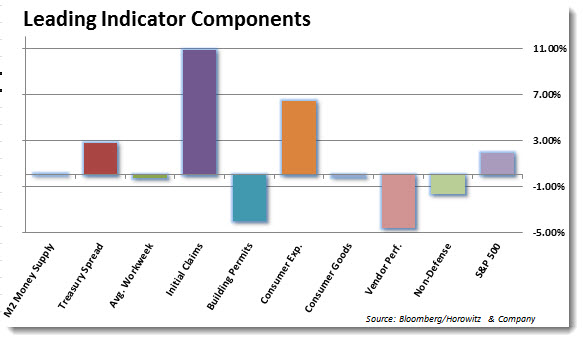Oil prices have been rising again, but is it really part of a supply/demand equation or just speculation? For oil, it appears that it is simply an overzealous trading environment that is fixed on driving the price of crude up no matter what the news. The oil inventories are reaching an decade high and still oil is over $100 (or so).
The weekly initial jobless claims are still over 400,000 but they came down very substantially in the May 14 week to 409,000, for a 29,000 fall following the prior week’s 40,000 decline (prior week revised 4,000 higher to 438,000). Stock futures are rising in reaction to this report.
Auto and weather effects were no more than isolated in the week’s data which sees the four-week average only very slightly higher at 439,000. A decline in next week’s data would push the four-week average down for the first time since early April.
Other readings show an 81,000 decline in continuing claims in data for the May 7 week to 3.711 million. The unemployment rate for insured workers is unchanged at 3.0 percent.
In Europe, confidence is waning. We know very well why that is the case. But, how about considering what that may predict. Below is a series that does a good job of looking at the relationship of confidence to the future GDP, 3 months later.
Manufacturing in the Philadelphia slowed to a crawl in May at the slowest pace in seven months, a sign the world‘s largest economy may get less of a boost from the industry that led it out of the recession. The Federal Reserve Bank of Philadelphia‘s general economic index fell to 3.9, the weakest reading since October, from 18.5 a month earlier. Readings greater than zero signal expansion in the area covering eastern Pennsylvania, southern New Jersey and Delaware. The median forecast of 59 economists surveyed by Bloomberg News called for an increase to 20.


